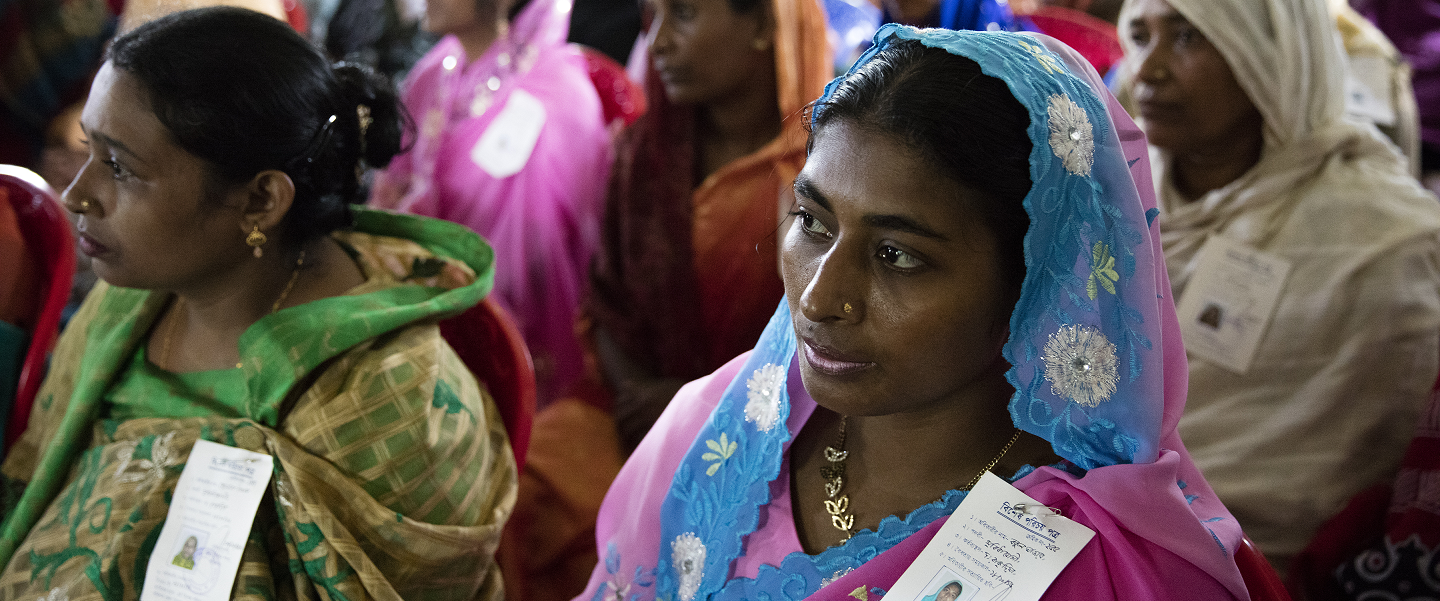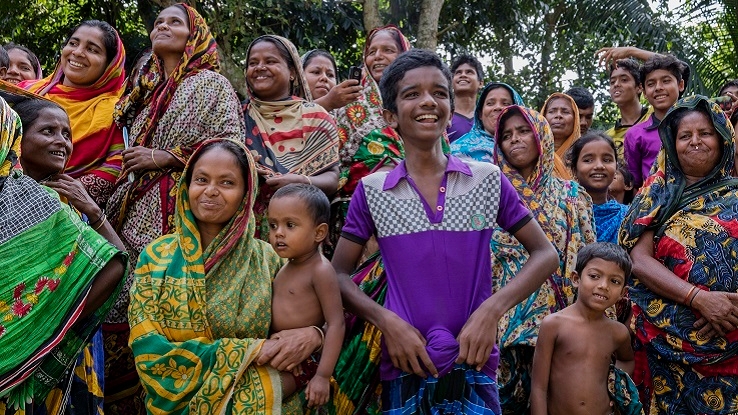In recent years, World Bank support for CLD has increasingly focused on creating national platforms to enhance service delivery and address poverty. Many programs that began as stand-alone operations have gradually expanded to much wider, often national, coverage that have become part of formal decentralization strategies and have addressed multi-sectoral issues.
Indonesia: Launched in 2018 and building on the successful structures created under previous CLD programs, the Investing in Nutrition and Early Years project is a flagship initiative by the government of Indonesia to prevent childhood stunting and invest in human capital. This cross-sectoral effort supports the implementation of the government’s National Strategy to Accelerate Stunting Prevention. Launched by the Indonesian Vice President in August 2017, the strategy commits 23 ministries, 514 regional governments, and 75,000 villages to converge priority interventions across health, water and sanitation, early childhood education, social protection, and agriculture and food security sectors for households with pregnant mothers and children under age two.
Morocco: The National Initiative for Human Development (INDH) was launched in 2005 to improve the living conditions of poor and vulnerable groups through enhanced economic opportunities, better access to basic and social services, and improved governance. Phase 2 of INDH (2011-2015) expanded the target population and geographic scope from 667 to 1,234 communities and from $1.2 billion to $2.1 billion over five years. The World Bank supported the second phase of INDH through its first Program-for-Results operation, focusing on enhancing access and quality in service provision; strengthening participatory local governance and social accountability; enhancing economic inclusion; and supporting capacity and systems development. From 2005 to 2015, over 45,000 community-driven sub-projects were financed, providing more than 10 million beneficiaries with access to basic social and economic infrastructure services and training. The INDH impact evaluation showed: an 86% increase in the number of households with access to improved water supply; 84% of girls in project-supported dormitories graduating to the next grade; a 21% increase in average household income; and 62% increased access to basic infrastructure such as roads, electricity, sanitation, schools, and local health centers.
Bolivia: The $40 million Community Investment in Rural Areas Project has an overall goal to fight extreme rural poverty among small landholders, particularly indigenous populations. Starting in late 2011, the project has since transferred responsibility and resources to more than 362,620 rural inhabitants in 656 highly vulnerable communities (30% above the target of 500 communities), and supported 880 sub-projects to improve access to basic and productive infrastructure for rural households. To date, the project has increased road access for more than 29,866 people, and expanded or improved irrigation for more than 73,638 beneficiaries. In 2015, the government received a $60 million Additional Financing credit to expand and deepen the success of the project to reach an additional 200,000 beneficiaries.
Nigeria: The Community and Social Development Project (CSDP) has benefitted 23 million people across 29 states. An impact evaluation of CSDP indicated reduced maternal and child mortality; increased school enrolment and attendance; reduced distance, cost, and time of accessing water, healthcare services, and electricity; and increased earnings from farming. This led some states and local governments to adopt the CLD approach and increase local budget allocations to community-led activities. The World Bank approved an additional loan of $75 million to expand welfare provision and enhance services to communities, especially the internally displaced affected by the conflict in Northeast Nigeria.
Last Updated: Mar 28, 2023


